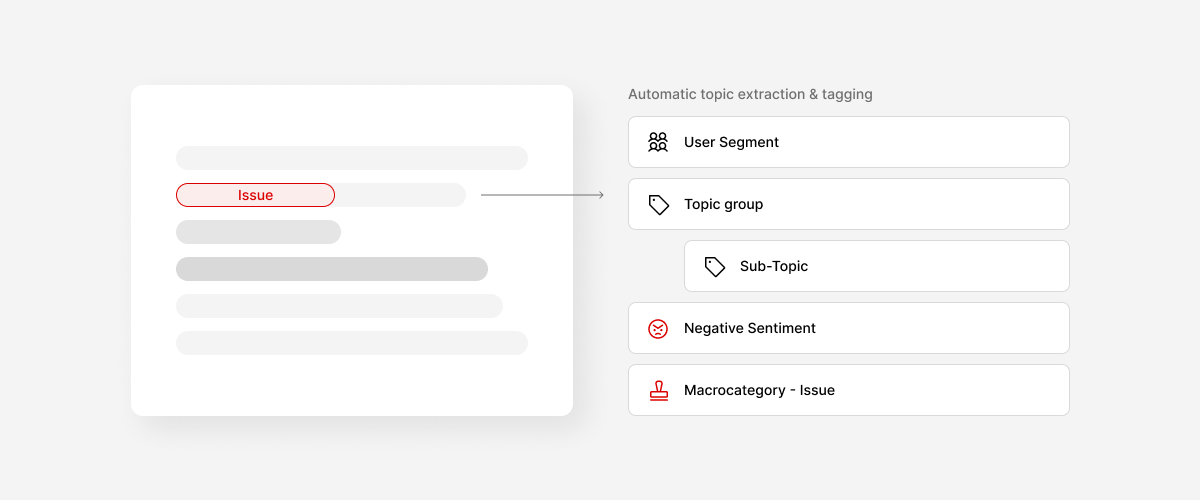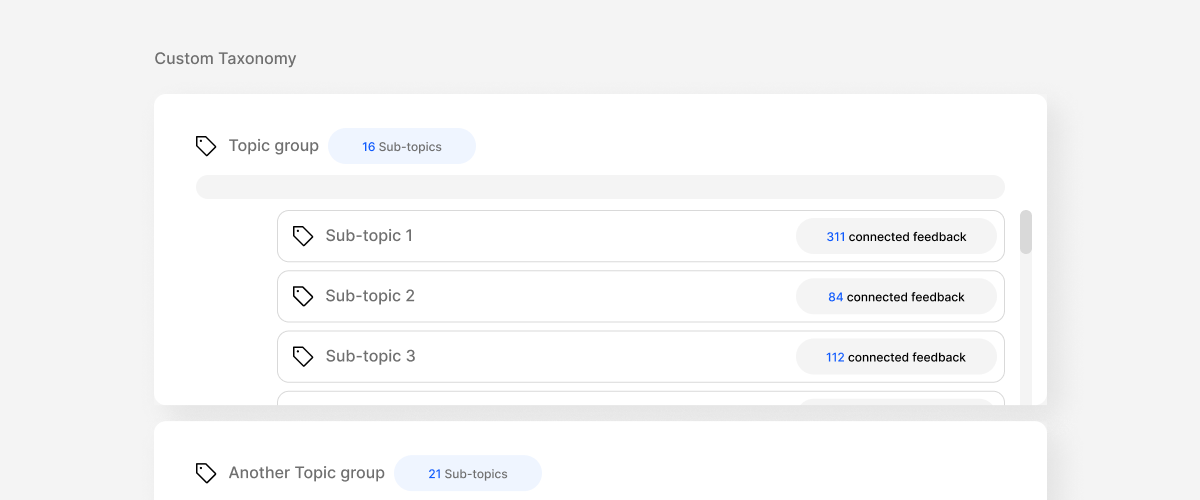Understanding NPS for Product Managers
What is NPS?
Net Promoter Score (NPS) is a customer satisfaction metric that gauges the likelihood of customers recommending your product to others. It's calculated based on a simple question: "On a scale of 0 (not at all likely) to 10 (extremely likely), how likely are you to recommend our product/service to a friend or colleague?"
Based on their answers, customers fall into three categories:
- Promoters (9-10): These are your loyal enthusiasts, passionate about your product and actively recommending it.
- Passives (7-8): These are satisfied but neutral customers, unlikely to actively promote or criticize your product.
- Detractors (0-6): These are unhappy customers who might spread negative word-of-mouth.
Your NPS is calculated by subtracting the percentage of Detractors from the percentage of Promoters. For example, if 60% are Promoters, 30% Passives, and 10% Detractors, your NPS would be 60 - 10 = 50.

Why is NPS Important for Product Managers?
NPS provides a clear, measurable way to understand customer sentiment and loyalty. This valuable information helps product managers:
- Prioritize product improvements: Focus on addressing issues identified by Detractors and Passives, while capitalizing on the strengths appreciated by Promoters.
- Identify areas for improvement: Understand which features or aspects of the product resonate most with users and which need further development.
- Target loyal advocates: Identify Promoters and focus on engaging them with exclusive offers or opportunities to further strengthen their loyalty.
- Track product development impact: Monitor changes in NPS over time to see how product improvements are received by customers and adjust strategies accordingly.
When to use NPS in Product Management?
NPS is valuable throughout the product lifecycle:
- Ideation and development: Gather initial feedback and validate product ideas against customer needs.
- Launch and post-launch: Continuously monitor satisfaction and identify areas for improvement.
- Long-term product growth: Track how ongoing development efforts impact customer perception and loyalty.
By understanding and utilizing NPS effectively, product managers can gain crucial insights to drive customer-centric product development and achieve sustainable growth.



























